TADTARAN WITH A TWIST
I sold a handsome number of these cutting boards. At first there weren't takers, then I took a windfall.
LATEST POST
Three weeks back, I went to Facebook to sell a homemade chopping board. There weren't takers, and I was getting worried. What did I do wrong? Then the orders came - in trickles and then in bunches. By day's end, I had nothing more to sell. How good is that?
I don't know what I did right. Was it the curves? Was it that arched hand-hold, or was it the oversized hole for hanging? Or was it a friends' response to bail out a friend in need? Lol. I don't know. Whatever it is, I must have pulled a rabbit from my hat.
Buoyed by the success of that sale, I am now batching out the third run of those cutting boards. The third batch took time because I waited for the beeswax to arrive. Why do they need beeswax?
BACTERIAL GROWTH ON KITCHEN CUTTING BOARD
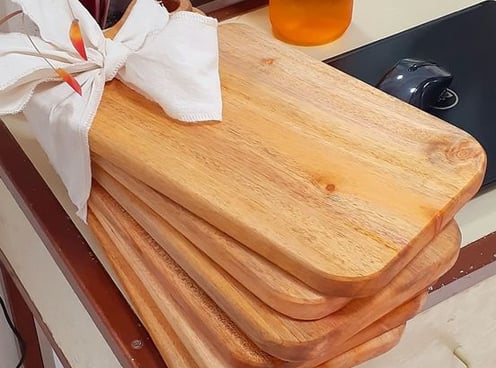

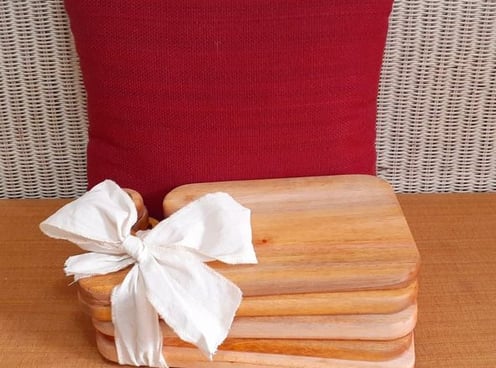

Cutting boards, like kitchen sponges for dishwashing, are notorious for harboring bacteria. One must clean, sanitize, if not replace them. Yet, unlike the dishwashing sponge, one doesn't have to replace cutting boards customarily. Hence, to address the problem of bacteria taking residence on it, one has to take away the conditions for bacterial growth.
Bacteria will thrive when conditions are right. Two of these conditions are when the place is damp and pH balanced. Hence, to eliminate bacteria, one only has to remove its breeding places.
PROTECTION
Since it is unlikely that our cutting board stays dry with use, we might as well soak its wood fiber with oil. Oil and water don't mix; thus, water can't get in if the fibers are soaked with oils. Two. Oils, being high on the pH scale, are a strong base. Bacteria can't live long in these environments.
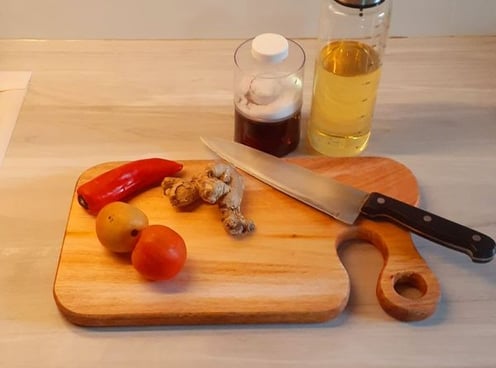

The right amount of mineral oil and the antibiotic component of the wax produced by the honeybees are just the right mixes for treatment with the cutting board that I sell. I also added a third proprietary component that will bump the protection level a tad more.
BEESWAX
You might say, why not use cooking oil? Well, they don't work. Edible oils are thick and hard to absorb into the wood fibers. They stay on the surface, making the board tacky for days. Whereas, the mineral oils in commercially-sold beeswax penetrate the fibers quickly, thus leaving the surface dry. And the bee wax stays on the surface for that added barrier of protection.
Catch my tadtaran on Lazada soon.

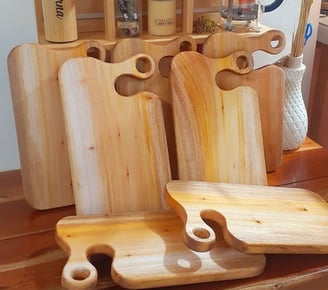
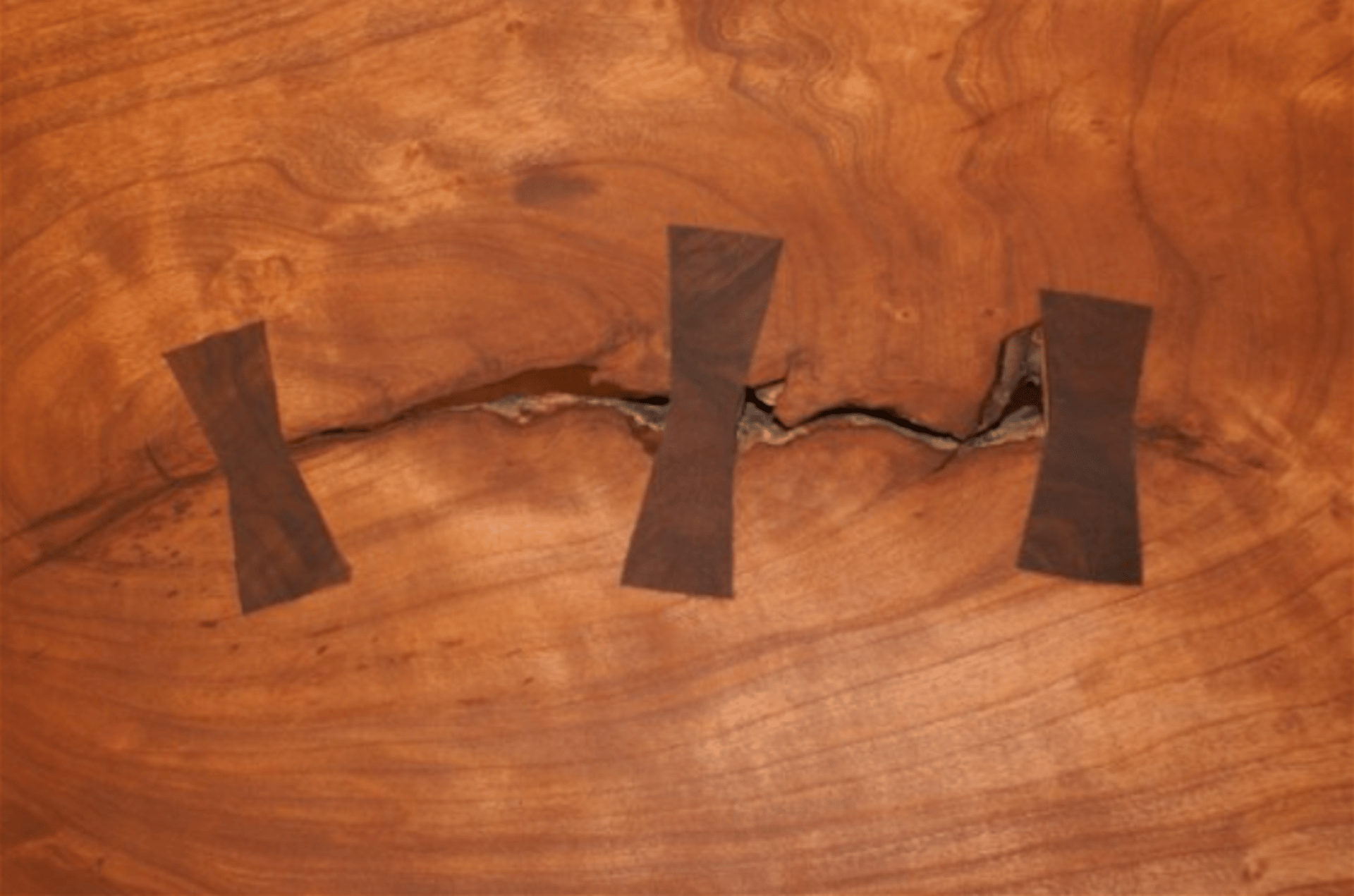
Get our weekly newsletter:
DOUGLAS REY B. BERIDO
drberido@yahoo.com | Kagudoy Road, Basak, Lapu Lapu City, Cebu, The Philippines
